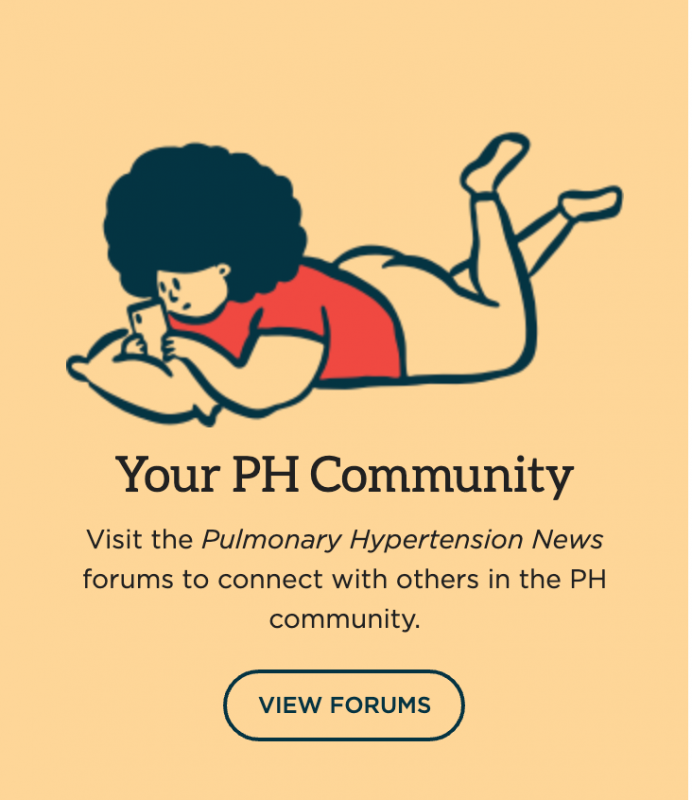PAH Blood Test for Growth Factor that Predicts Disease Might Become Reality
Scientists discovered that levels of a blood protein called hematoma derived growth factor (HDGF) increases as pulmonary arterial hypertension (PAH) becomes more severe, which now raises belief that a noninvasive test for the protein could shorten the path to PAH diagnosis and allow treatment at earlier disease stages. The discovery by …

